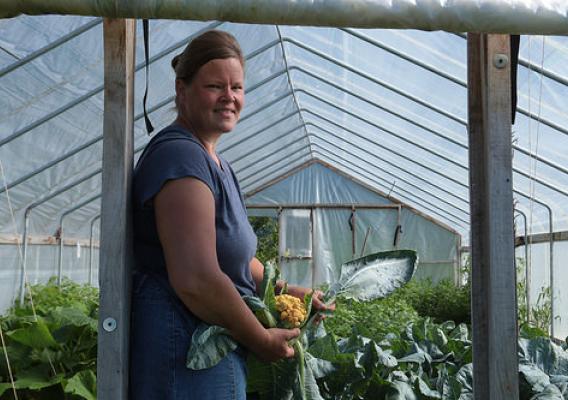Meet Jack, a sixth-grader who is eager to become a school nutrition and fitness game changer. He is one of nearly 20,000 student ambassadors with Fuel Up to Play 60 (FUTP 60), a program launched by the National Dairy Council (NDC) and National Football League (NFL) in collaboration with USDA. FUTP 60 empowers youth like Jack to improve nutrition and physical activity at their schools and in their communities. Jack serves as student ambassador for his home state of Delaware.
In late July, he and a select group of top ambassadors trained like athletes at the 2015 Fuel Up to Play 60 Summit in Chicago—his first visit ever to the Windy City. In addition to playing flag football, making friends and having a great time, the ambassadors learned all about nutrition and the benefits of getting at least 60 minutes of daily physical activity. Most importantly, they learned the leadership and communication skills necessary to work with students and school staff to deliver FUTP 60 activities that meet their school’s wellness goals. Those goals could include introducing salad bars, planting and harvesting fruit and vegetables in a school garden or inviting an NFL player to talk about all aspects of wellness, to name a few.









